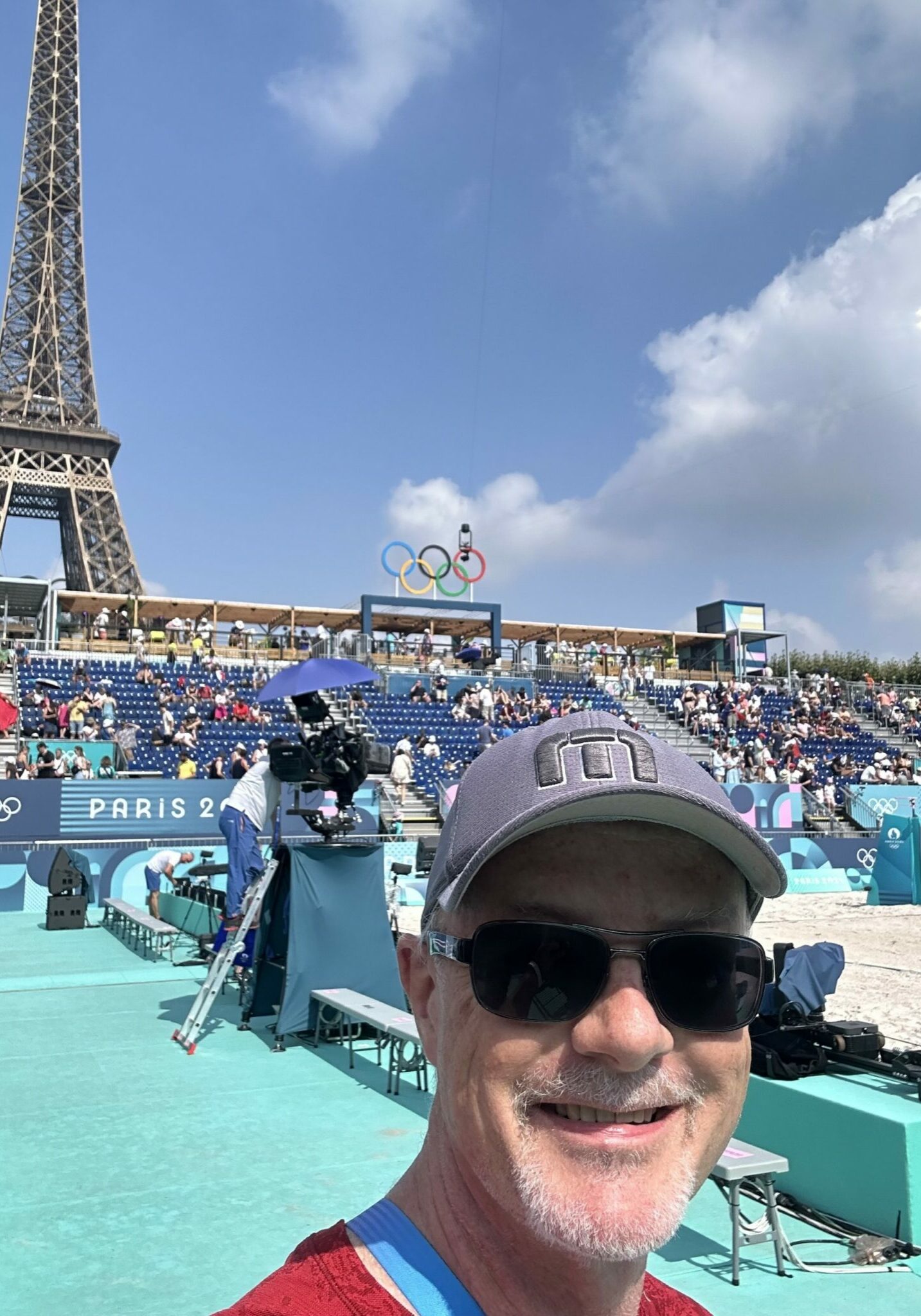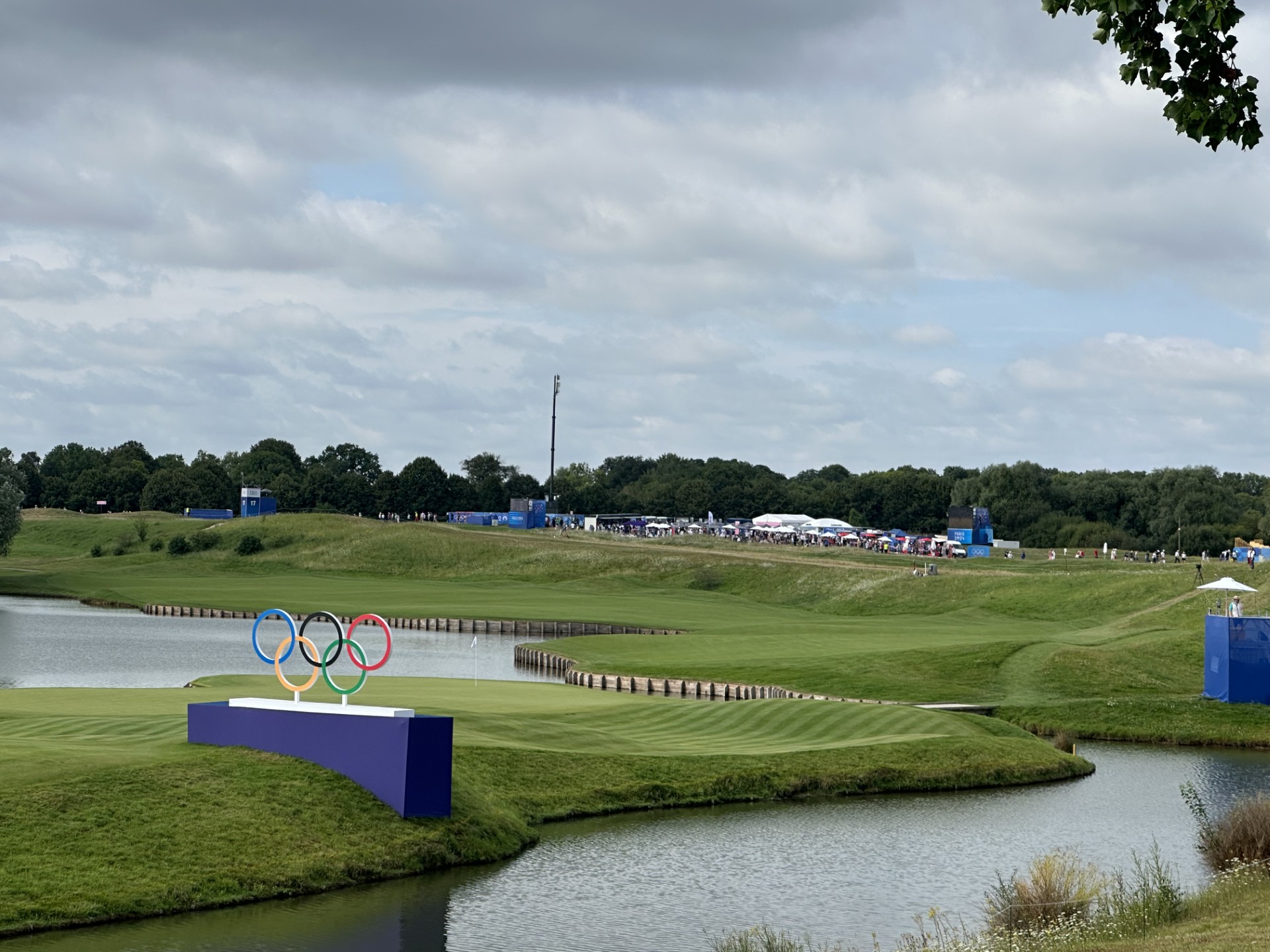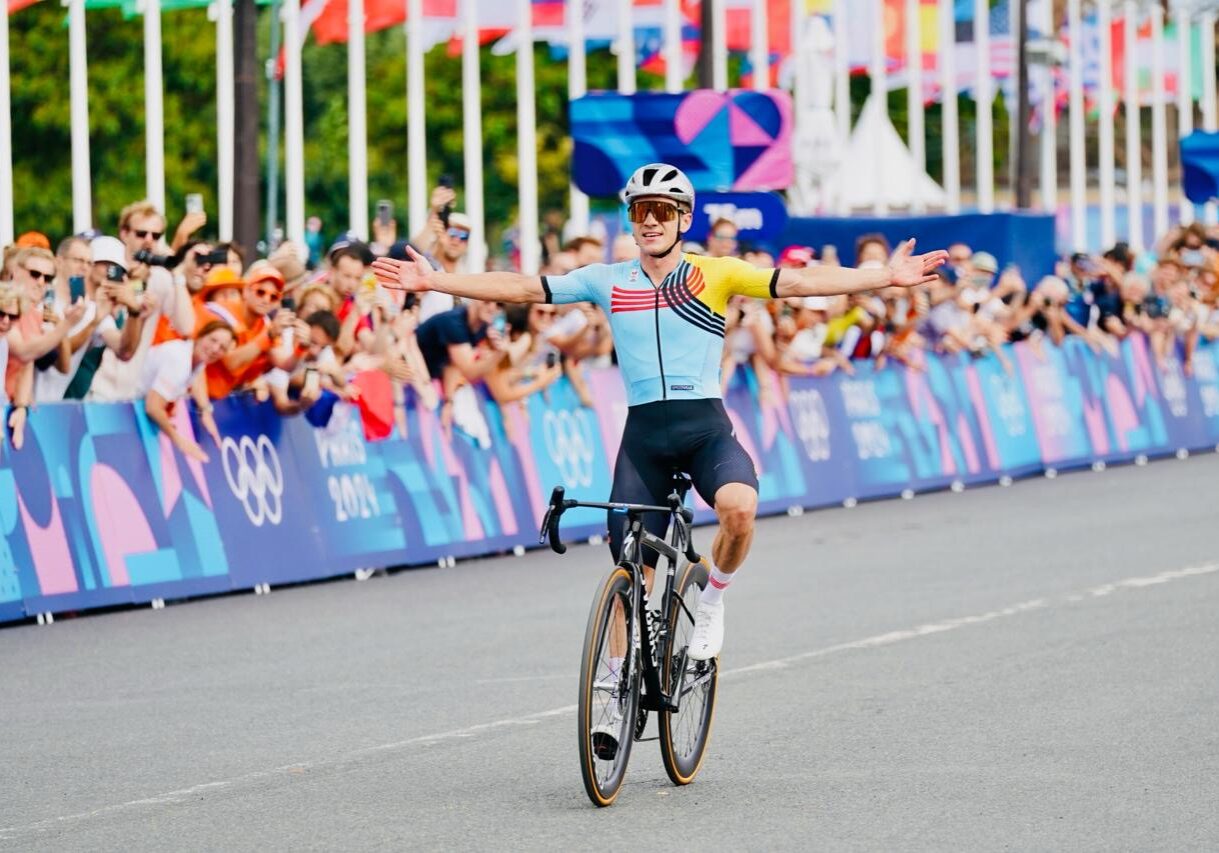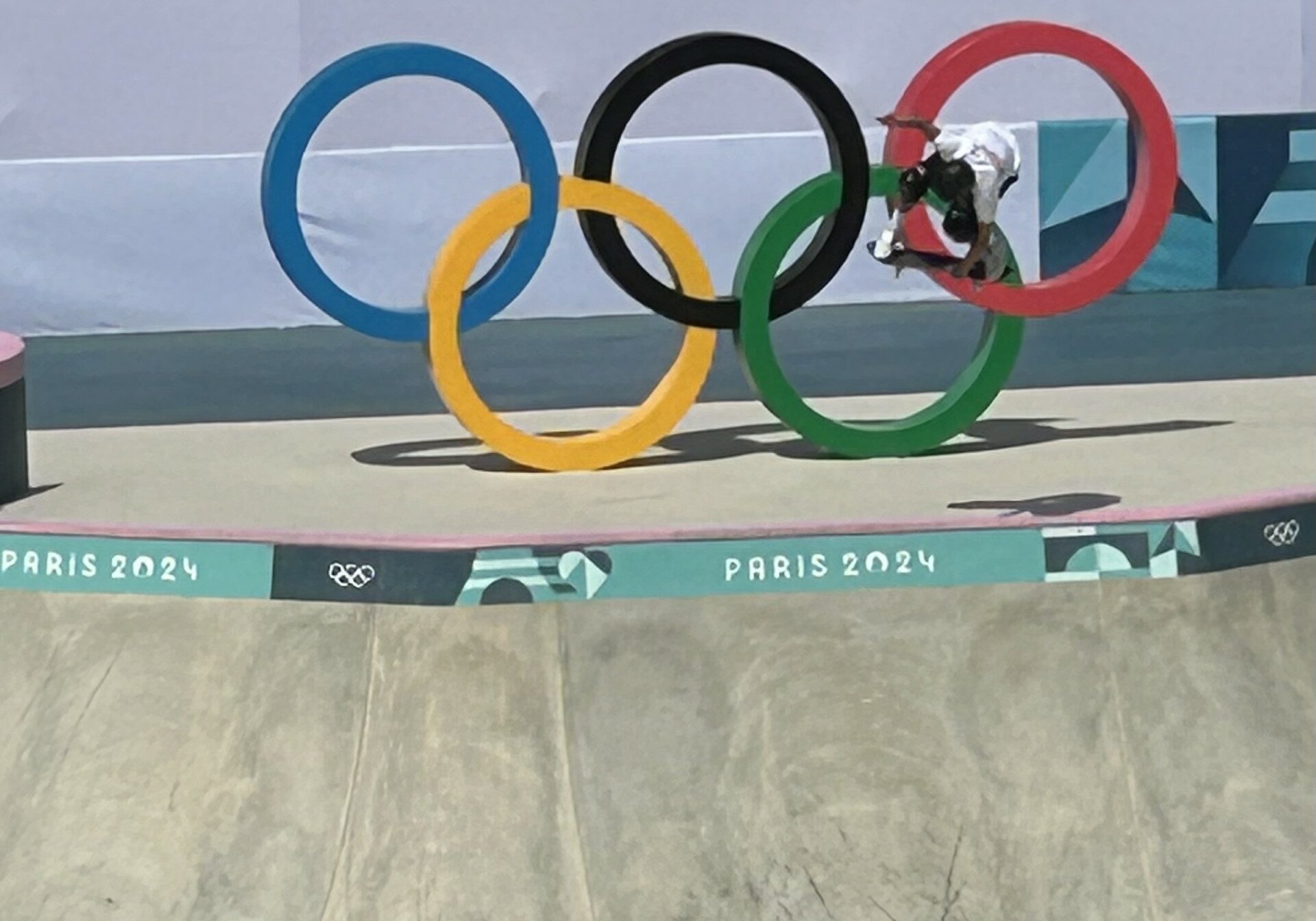As many watched and celebrated the athletic achievements of fellow Canadians at the Paris 2024 Olympics from this side of the ocean, CAR member Dr. Bruce Forster was on hand to help provide care to all athletes.

Having been a part of the International Olympic Committee (IOC) medical team for several Olympic events, Dr. Forster said the medical care operations went very smoothly in Paris.
“We performed around 1100 imaging exams over the 16 days, slightly more than for Tokyo 2020, with MRI as usual winning the gold medal for most used modality. Imaging played its usual huge role in optimizing athlete care and performance. The mostly French clerical, technologist, and radiology volunteers did a stellar job.”
He says there is always something new to learn at complex sporting events like the Olympics as techniques and technologies evolve.
“For the first time at the Olympics, we used portable CT and radiography at the indoor cycling, mountain biking, and BMX racing venues, as our data has shown these sports have a higher injury rate. We also used portable ultrasound at the Rugby 7’s venue, which helped team doctors make timely decisions about athlete injury management at the point of care. As our Games Group oversees all medical aspects of the Olympics, I learned a lot about mitigating the effects of heat and humidity, and of course how to evaluate water quality for swimming in the Seine!”
Though individual events may not differ too much from Games to Games, Dr. Forster says in his experiences, there are subtle differences in the delivery of care across different countries, cities, and venues.
“There is always a very high standard of care and the medical volunteers from the host country are uniformly committed and do a stellar job. One difference is with ultrasound: in Tokyo this was done by ortho and sports medicine specialists. In France, this was done by radiologists themselves, and of course for Vancouver 2010, technologists did the exams. Also, new World Anti-Doping Agency (WADA) rules regarding US-guided steroid injection have dramatically reduced the number of such injections at the Games.”
Fortunately for Dr. Forster, his work in Paris allowed for some time as a spectator and Canadian sports fan.

“I went to all the above venues that had point of care imaging to support the radiologists, but I was also able to get to the stunning Eiffel Tower venue for beach volleyball, and attended basketball, Tae Kwon Do, golf, and white-water kayaking. The athletes, as usual were remarkable in their sports whether medaling or not, but the sportsmanship, camaraderie, respect, and collegial support they provided reminds us that the Olympics are about far more than just sports.”
He says these Olympics provided him with another handful of lifelong memories.
“Certainly, seeing Summer McIntosh’s first gold medal in swimming and seeing our flag raised to the rafters was a big one. Also, the Paris Games saw great progress in gender equity, and improvements in diversity and caring for athletes’ mental health. The 37 athletes from the Refugee Team performed at the top level and won the first medal ever in the history of the program.”
The CAR wishes continued success to Dr. Forster in his Olympic participation and thanks him for representing Canada in providing world-class radiology care.


